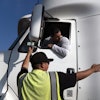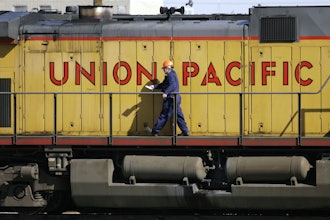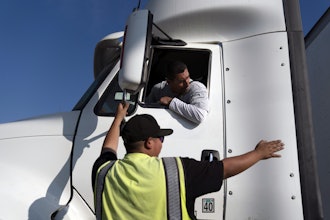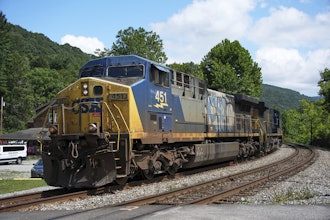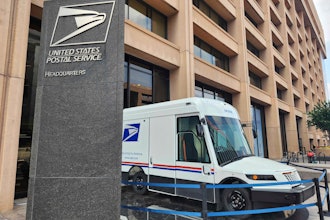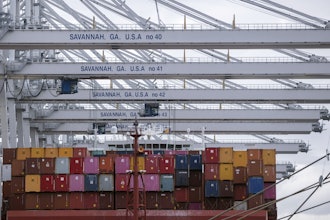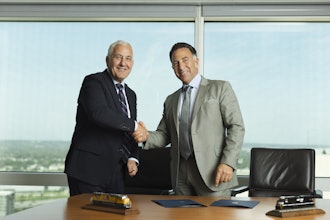Sometimes industries change slowly; they follow the natural, creeping progression of the technologies they rely on. Other industries can point to a dramatic shift in technological capabilities that lead to a disruption in the ways they do business. Then there’s Amazon.
Amazon isn’t changing industries directly, but it has — along with other e-commerce pioneers — changed the way that the public shops. And those changes in our buying habits are causing change in our expectations, both in how we shop but also in when we will see those purchases — today, latest tomorrow but definitely not much later than that.
Those evolving expectations are being called the Amazon Effect, and it’s forcing changes in every industry, and that includes trucking. As we continue to turn toward e-commerce and online shopping — the fourth quarter of 2017 showed a 16.9 percent increase in online shopping over the same period in 2016, according to the U.S. Census Bureau — logistics companies are scrambling to make sure rethink about how they do business.
A fundamental change in distribution models
Traditionally, distribution has included giant, regional warehouses and sorting facilities. These facilities, most often located in semi-rural areas, could keep stores in whole states or geographical areas well stocked. But as expectations have changed, so have distribution models.
Gone, or going away (at least in some instances), are the Class 8 rigs that are great for getting huge loads to big box stores. In are smaller, more maneuverable and more flexible box-style delivery vehicles.
Our growing populations and demand for consumer goods creates more orders from multiple warehouses, causing 18 wheelers to make more deliveries but consolidate orders onto fewer trucks. But the continued growth of online retail does likely mean that we will continue to see an increasing number of smaller commercial vehicles better suited for short runs and home delivery.
What’s the mean for trucking companies? It’s going to be imperative that they find and retain quality drivers who can work shorter runs and to handle at-home and at-office deliveries.
Using technology to meet these new expectations
Expectations aren’t just changing around how quickly something can be delivered, expectations are also changing around cost. People now expect delivery to cost less if they are willing to cost anything at all. That puts pressure on retailers and distributors to lower the cost it takes to make those deliveries. That’s forcing them to get more efficient. Often, when we talk about becoming more efficient, we start talking about technology, and that’s the case here.
Better route planning. Truck progress monitoring. Vehicle and driver performance tracking. Each of these can be accomplished with telematics technologies, and they all help trucking companies operate more efficiently and cost-effectively.
But before these companies can implement these technologies, many will have to first become comfortable with the idea of trucking becoming a technology-based industry. Getting there, though, is only the first step. The second step is actually having the people in place to take this data they are collecting and turning it into actionable insights. When they do that is when these investments in logistics and telematics technologies begins to pay off and they can start meeting the new customer expectations.
Cyndi Brandt is the senior director of product marketing and strategic alliances at Omnitracs. She is responsible for working with third-party value companies and developing strategic launch strategies for all products within the Roadnet portfolio. This includes working with clients, prospects and partners in order to seek out new challenges that can be solved using technology, as well as moving the product through the many stages necessary to bring it to market. Brandt earned an MBA from Loyola College and a BA from Goucher College.



